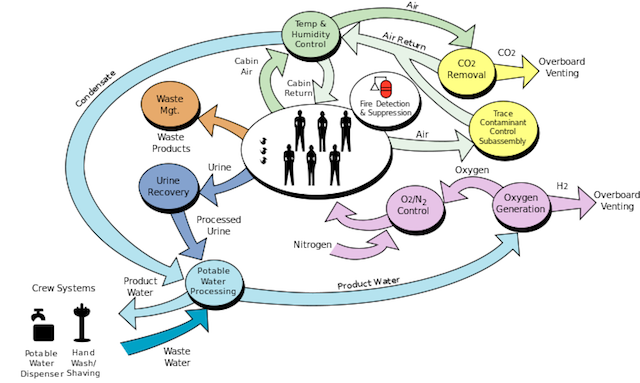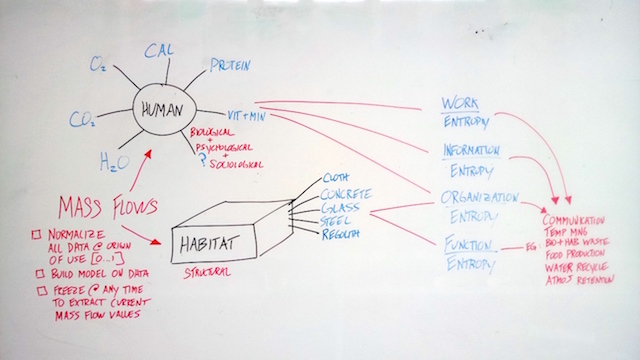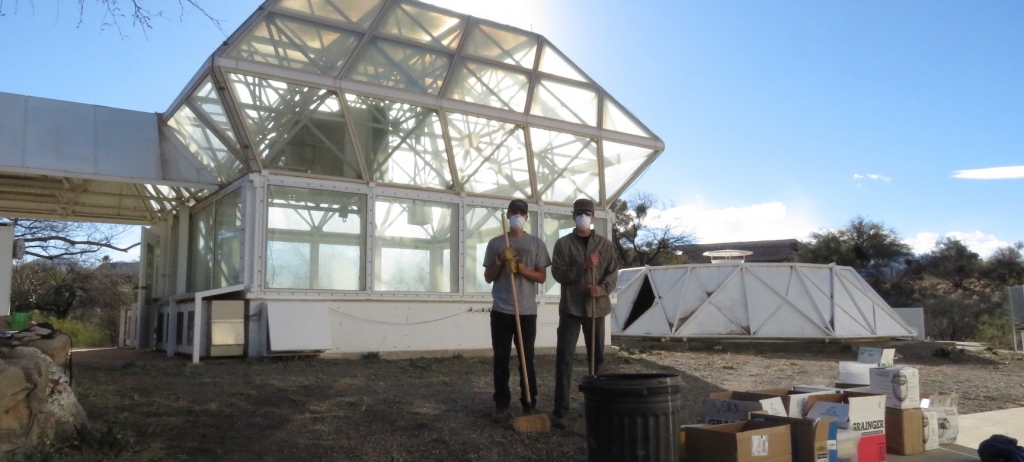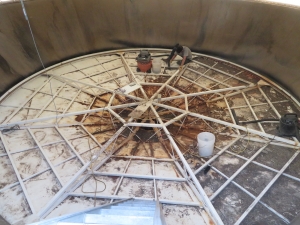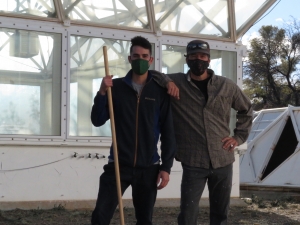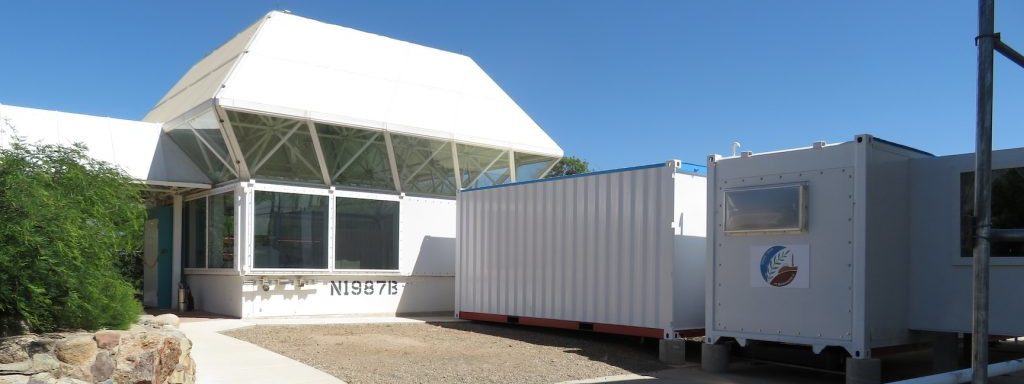Postcard from Mars – a SIMOC update: October 1, 2018
We now have a dedicated website for the Arizona State University, Interplanetary Initiative SIMOC project. There you will find a continuation of the “Postcard from Mars – SIMOC updates”. Please visit www.simoc.space for more!
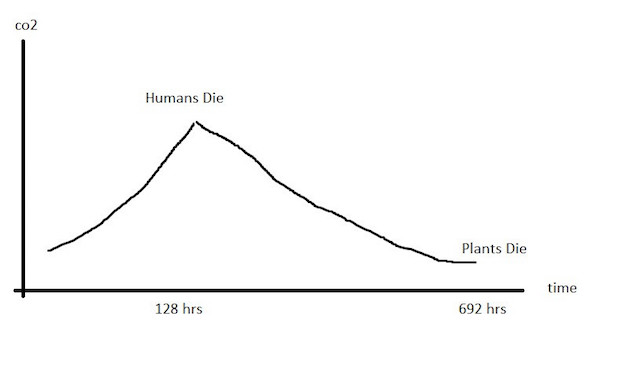
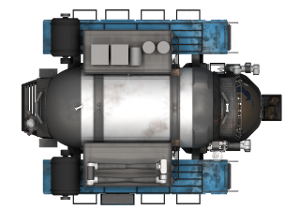 Just two weeks ago our work on
Just two weeks ago our work on  With the start of the new year we welcomed Bryan Versteeg, world renowned
With the start of the new year we welcomed Bryan Versteeg, world renowned 